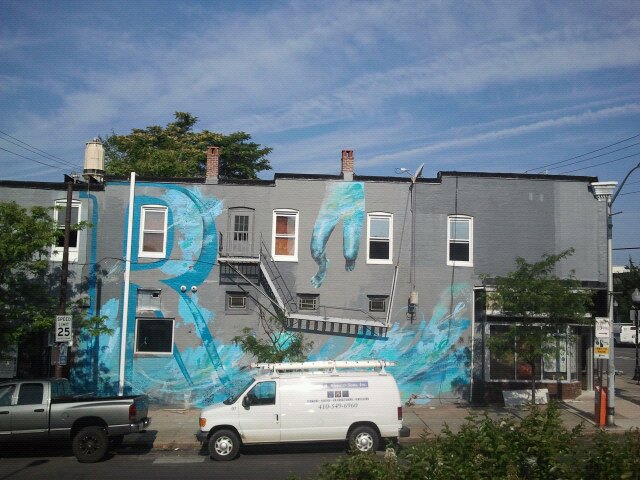Hopefully by now we have all begun to identify some of the ways in which our silos both benefit and limit our ability to innovate and achieve our goals of lasting, transformative social change. This reflection, for me at least, has led to the following conclusions:
1. The forces that hold us back also thrust us forward. While we may not have impact on a broad spectrum, specialization — focusing on issues within our sphere of influence — concentrates our laser beam of efficacy.
2. Becoming aware of someone else’s silo can make me judgemental, and I think I need to be cautious to avoid that.
3. Even though last week I was promoting leaving your silo entirely in order to inform the silos of others and vice versa, I have been considering the idea of silo-“smushing” over strict silo-crashing. Smushing similar silos — Triple-S, if you will — would bring the resources and energy of seemingly disparate silos together, not to address a single issue but on the host of interrelated concerns that each silo is generally concerned with.
As usual, my perspective comes through the lens of public health. However, as my friend Michelle Geiss and I recently agreed, public health is a useful perspective to see almost all of our work through. There are some exceptions — the petrochemical industry, maybe, or reality TV — but otherwise almost everything has a public health connection.
I hereby submit public health as our mega-silo. Alternative suggestions are welcome, of course. But consider the impact that a unified public health effort could have in Haiti, where a million different NGOs are doing all their different things. If all of them had to work together, imagine the results. Not only would the output be magnified, each organization would help to keep its partners honest — a perpetual concern particularly in international aid efforts, especially after the publicity of Greg Mortenson of Three Cups of Tea infamy.
Speaking of which, the global polio eradication campaign has run into some serious hurdles in Pakistan and a more holistic strategy — including education, infrastructure improvements, and cultural outreach with vaccination efforts — could potentially help.
Part of the reason I think this would work and should be a priority is that no one can do everything, yet within the mega-silo model, that could not only be a goal but an expectation.
We all bump into barriers that limit our impact, and there is a pattern to that process- awareness, hope for solutions, frustration with lack of progress, development of workarounds, acceptance of limitations, and finally, sometimes, resistance to efforts to change those barriers lest they disturb our projects.
Now deploy the Triple-S, and call in your partners. Smash! Barriers? What barriers? We don’t need no stinking barriers!
So now that you’ve identified your silo, think about who else is in ít (organizations, individuals, funders), and what other silos may be nearby to integrate into a Triple-S mega-silo?

